How Operating Theater Tables Enhance Patient Positioning and Safety in Surgery
Operating theater tables are a core part of surgical procedures, designed not only for comfort but also to allow precise positioning that promotes both patient safety and surgical efficiency. Proper patient positioning on an operating table minimizes the risk of complications during surgery and is key in facilitating surgeons’ access to the operative field. Here’s how these tables enhance patient positioning and safety.
1. Precision in Patient Positioning
Modern operating tables come with highly adjustable features that allow precise positioning for various surgical needs. Adjustments are available for tilting, raising, lowering, and angling the table, allowing surgeons and staff to position patients in ways that best expose the surgical site. Some tables are even segmented, so different parts of the table can be adjusted individually, which is particularly useful in complex procedures. This helps in achieving optimal positioning that not only makes the surgery easier but also minimizes muscle strain and other positioning-related injuries for patients.
Common Position Adjustments:
- Trendelenburg Position: For abdominal and pelvic surgeries, where the head is lowered.
- Reverse Trendelenburg: For upper abdominal surgeries, helping to reduce blood flow to the upper body.
- Lateral Position: For kidney and thoracic surgeries, where the patient is positioned on their side.
- Lithotomy Position: Common in gynecological and urological procedures, where legs are elevated.
2. Enhanced Patient Safety Features
Operating tables are equipped with multiple safety mechanisms. Adjustable side rails and restraints help to stabilize patients, which is crucial, particularly in lengthy procedures. These features ensure that patients remain secure, preventing slips or falls, while allowing quick adjustments if necessary.
Modern surgical tables are also designed with weight capacity in mind, catering to patients of varying body sizes. Advanced models include load distribution features to evenly support the patient’s body, preventing pressure sores or nerve damage.
3. Ergonomics for Surgical Staff
Operating theater tables contribute not only to patient safety but also to the comfort and ergonomics of the surgical staff. Surgeons and nurses can position tables to suit their height and reach, reducing the risk of musculoskeletal strain during prolonged procedures. Tables with rotation and height adjustment allow teams to work in optimal positions, maintaining the team’s focus on patient safety without physical discomfort.
4. Table Integration with Modern Surgical Technology
Today’s surgical tables are designed to integrate seamlessly with imaging devices and other technology. Tables used in minimally invasive surgeries or procedures requiring real-time imaging are radiolucent, allowing X-rays or other imaging scans to pass through for better visualization during surgery. Some tables come with integrated attachments for surgical accessories, such as armboards or footrests, improving both functionality and convenience in the operating room.
5. Safety During Position Changes
For procedures requiring multiple position adjustments, modern operating theater tables can shift with minimal patient disturbance. This minimizes the risk of injuries caused by sudden movements. In surgeries requiring a change from, for instance, the supine to the lateral position, these tables provide a controlled way to safely reposition the patient without compromising their stability or increasing the chance of falls.
6. User-Friendly Control Systems
Advanced operating tables now feature intuitive control systems for easy adjustment by surgical staff. Digital controls or foot pedals allow for smooth and sterile adjustments, reducing the need for manual handling, which could introduce contamination risks. Some tables even offer preset positioning options, making it faster to switch to commonly used positions, ensuring both accuracy and time efficiency in the operating room.
7. Postoperative Care Support
After surgery, positioning continues to be important in the immediate postoperative phase. Many operating tables allow for smooth patient transfer to recovery beds, minimizing any movement that could cause discomfort or injury to the patient post-procedure. By facilitating these transitions, operating tables support not only surgical success but also recovery quality.
Conclusion
Operating theater tables are fundamental to safe and efficient surgical procedures. Their versatility in positioning, built-in safety features, ergonomic adjustments, and compatibility with modern medical devices allow healthcare professionals to focus on delivering precise care with minimal risk to patients. By facilitating accurate patient positioning and contributing to overall patient safety, these tables play an essential role in the surgical process, from preoperative preparation to postoperative recovery.
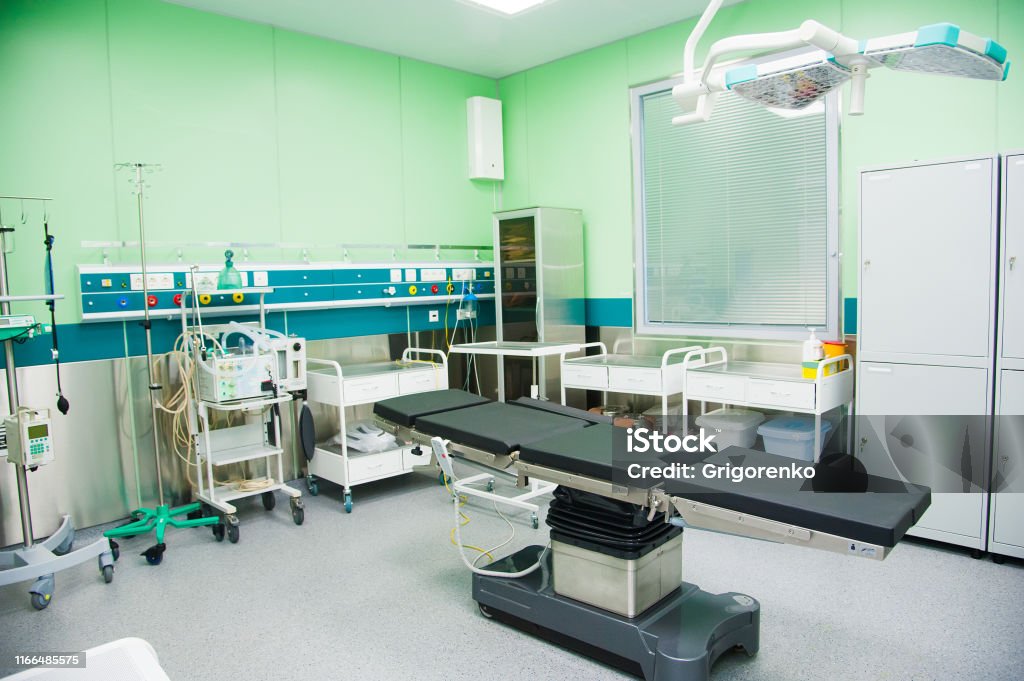
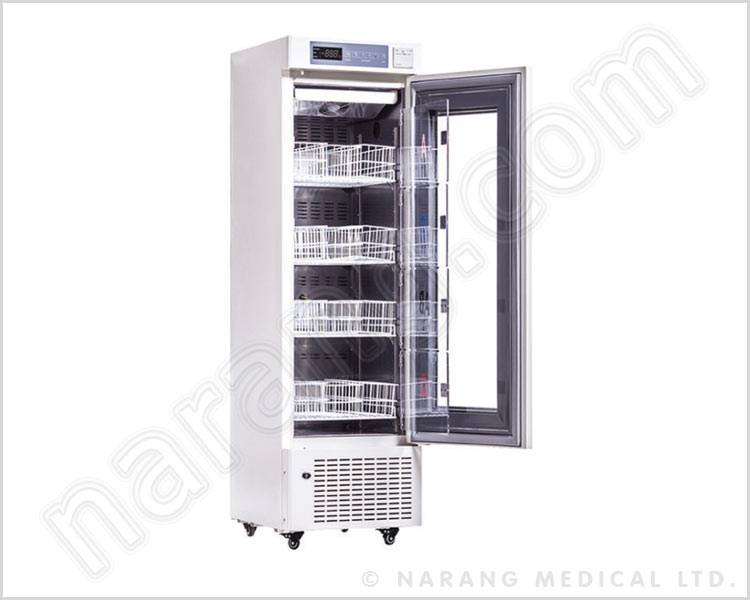

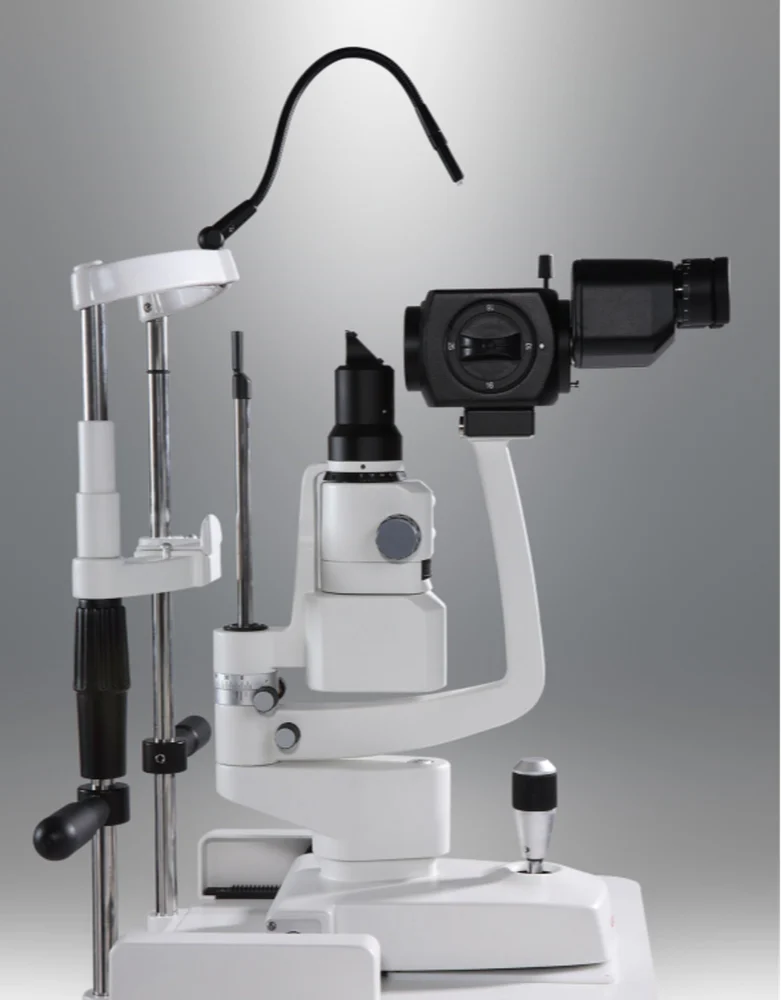

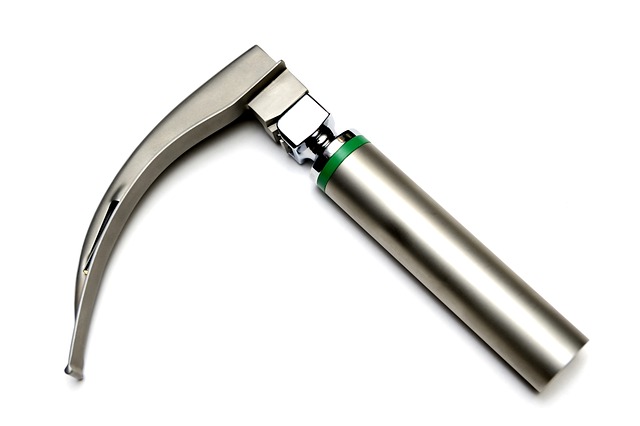
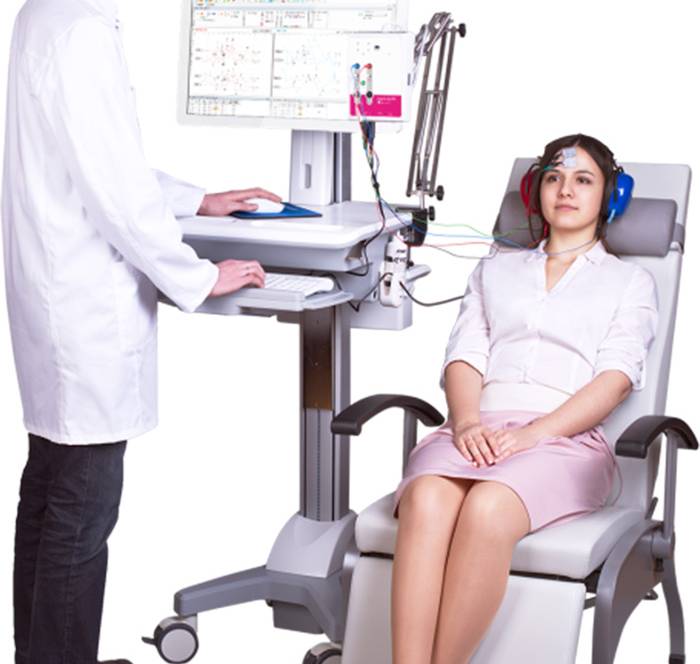
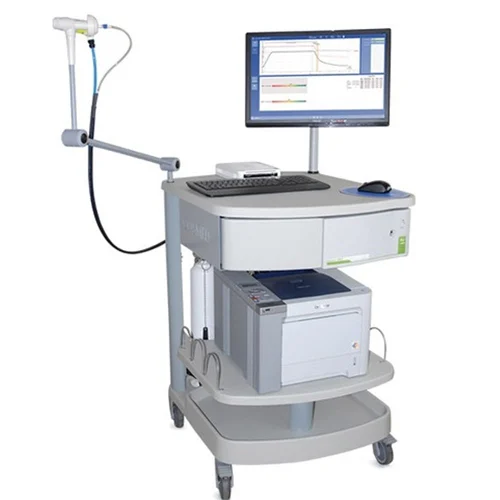
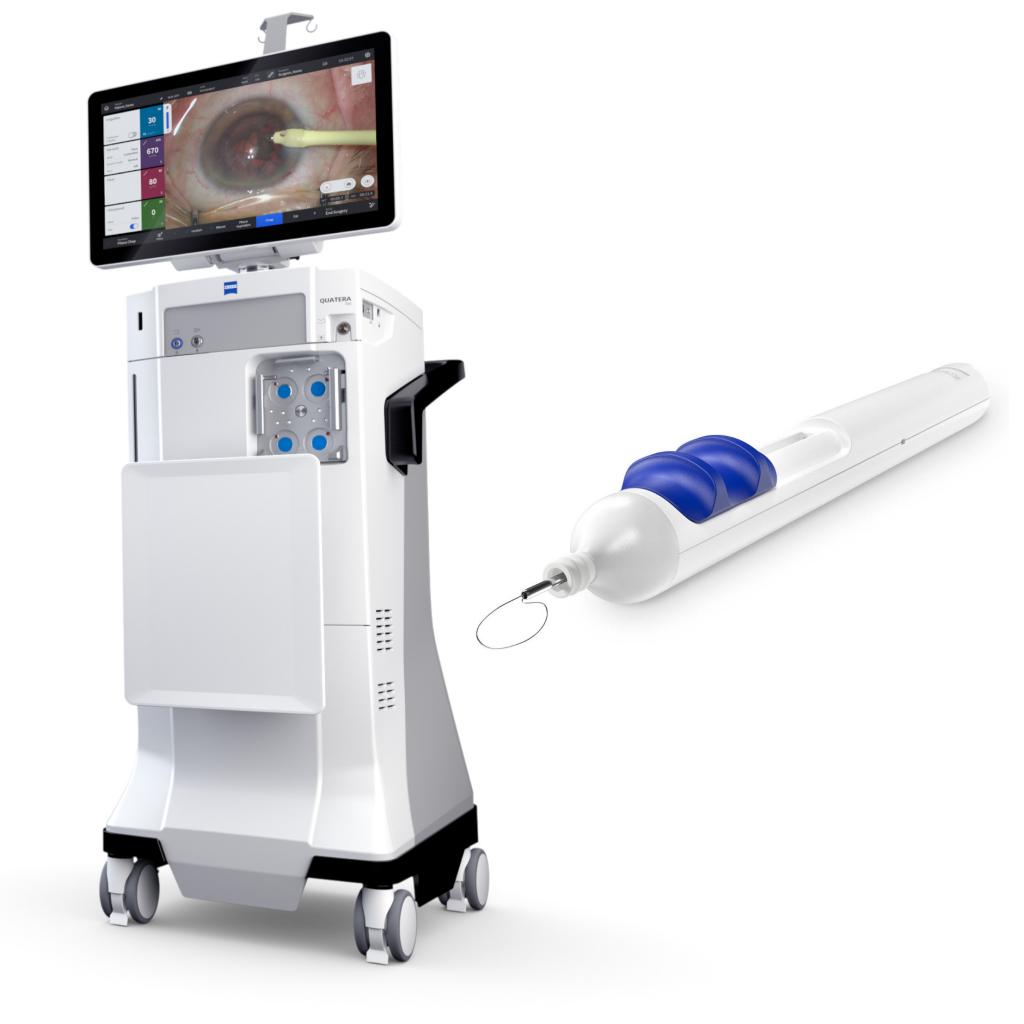
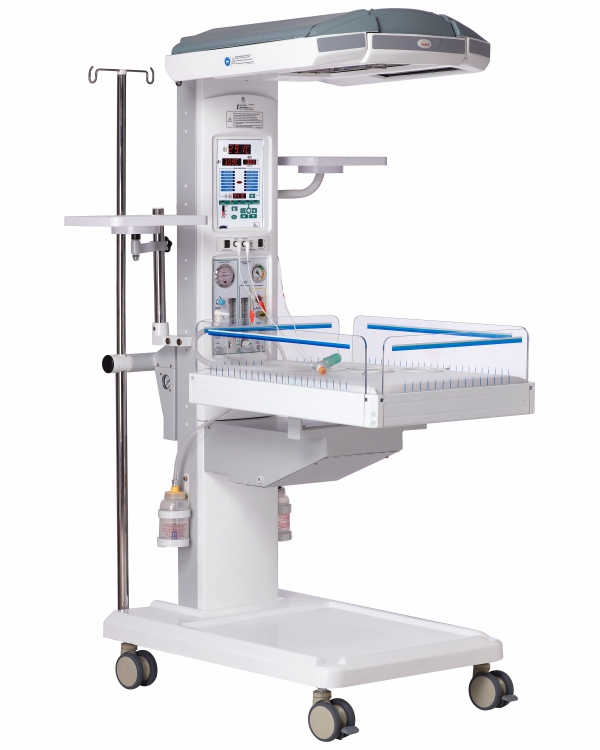
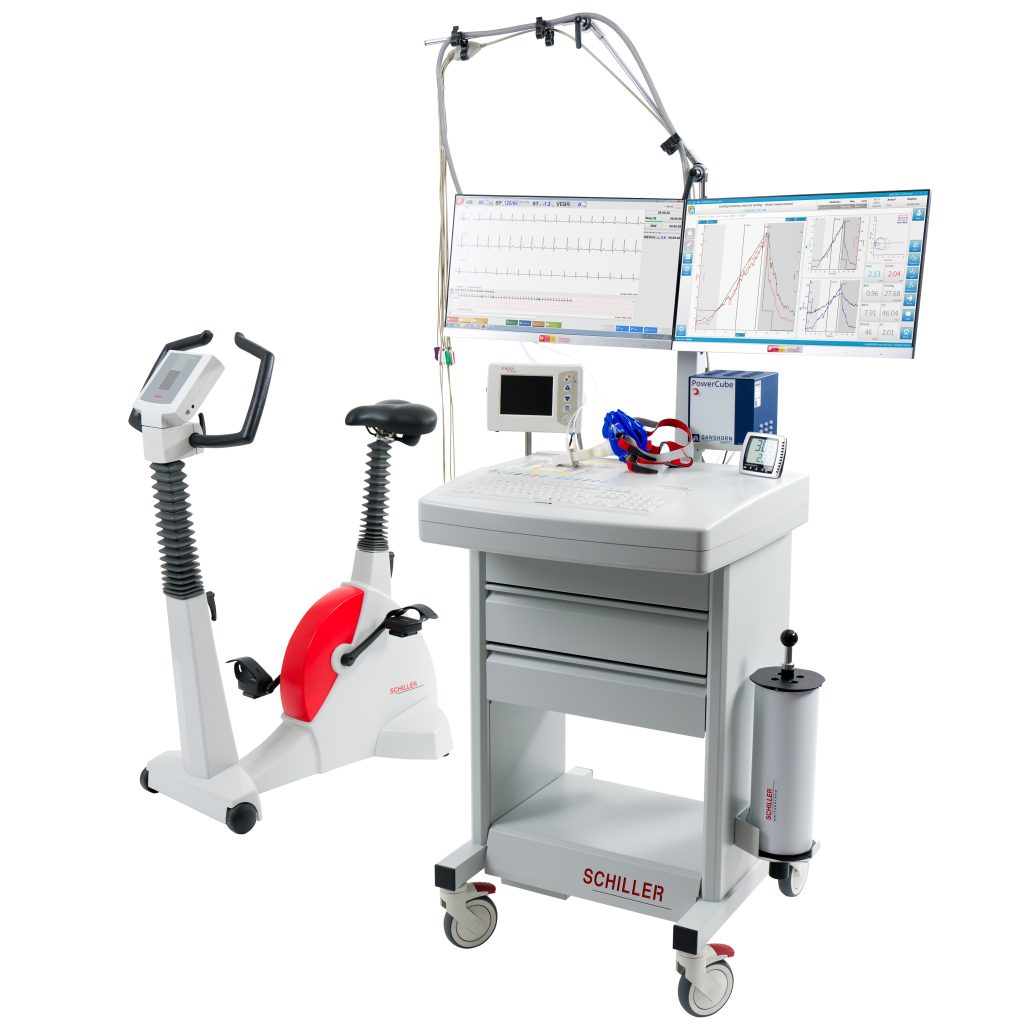




Leave a Reply